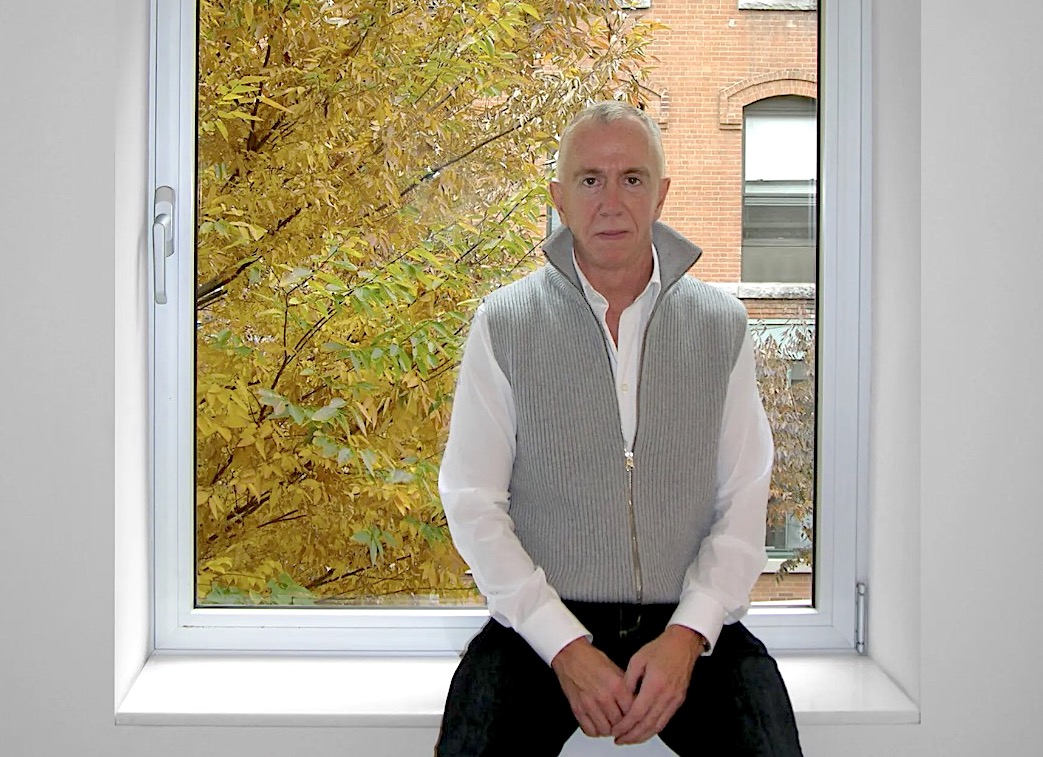Baobab
2001 - Film & Video (Film & Video)
Tacita Dean
The photographic quality of the film Baobab is not only the result of a highly sophisticated use of black and white and light, but also of the way in which each tree is characterized as an individual, creating in the end a series of portraits. The monumental and unnatural aspect of the baobabs turns them into strange and anthropomorphic personalities. Adding to the descriptive aspect of the film, the sound is a recording of the environment, of sounds made by animals, and participates in this peaceful contemplation. The still, almost fossilized aspect of the landscape makes it look majestic and eternal. « The camera, which examines in Baobab the ancestral and imposing trees of Madagascar, tries to capture the shadow and light effects, specific to photography. » (Essay by Julia Garimorth, in « Tacita Dean: Seven Books », published by Steidl / ARC/ Musée d’Art Moderne de la Ville de Paris, 2003).
Although Tacita Dean works with all kinds of media, her 16mm films are probably among her most well-known works. While they deal with the specificities of the medium – like the notions of time and narrative, through the use of still shots – the aesthetic quality of her films remind of photography or painting (maybe because she had studied painting in school). Memories and atmospheres are conveyed through sensual images, colors and light. In her work, Tacita Dean relates the past to the present, often creating a certain melancholy: the artist focuses on stories, characters or architectural relics, and questions the notion of narrative by using both documentary and fiction devices. Tacita Dean was born in Canterbury, UK, in 1965. She lives and works in Berlin.
Colors:
Related works of genres: » young british artists, » contemporary artist, » conceptual artist, » filmmaker, » british conceptual artists, » english contemporary artists, » born 1965

© » KADIST
Harun Farocki
2009For Immersion , Harun Farocki went to visit a research centre near Seattle specialized in the development of virtual realities and computer simulations...

© » KADIST
Martin Kippenberger
19897″ Single ‘Pop In’ by Martin Kippenbergher consisting of a vinyl record and a unique artwork drawn by the artist on the record’s sleeve...

© » KADIST
Hank Willis Thomas
2012Bread and Roses takes its name from a phrase famously used on picket signs and immortalized by the poet James Oppenheim in 1911...

© » KADIST
Francis Alÿs
2006This series of small drawings is executed with varying materials—pen, ink, colored pencil, charcoal, and masking tape—on architect’s tracing paper...

© » KADIST
John Baldessari
1991The voids in Baldessari’s painted photographs are simultaneously positive and negative spaces, both additive and subtractive...

© » KADIST
Douglas Gordon
1996In Monster (1996-97), the artist’s face becomes grotesque through the application of strips of transparent adhesive tape, typical of Gordon’s performance-based films that often depict his own body in action...

© » KADIST
Hank Willis Thomas
2012Intentionally Left Blanc alludes to the technical process of its own (non)production; a procedure known as retro-reflective screen printing in which the image is only fully brought to life through its exposure to flash lighting...

© » KADIST
Jeremy Deller
2012Beyond the White Walls , with a commentary written and spoken by Jeremy Deller, is often wryly amusing...

© » KADIST
Hank Willis Thomas
2012Thomas’ lenticular text-based works require viewers to shift positions as they view them in order to fully absorb their content...

© » KADIST
Hank Willis Thomas
2014Shot in black and white and printed on a glittery carborundum surface, Black Hands, White Cotton both confronts and abstracts the subject of its title...

© » ARTLYST
Kara Walker
Brent Sikkema, the Manhattan art dealer renowned for representing artists such as Jeffrey Gibson and Kara Walker found dead The post Brent Sikkema – Visionary Art Dealer Of Jeffrey Gibson And Kara Walker Murdered appeared first on Artlyst ....









